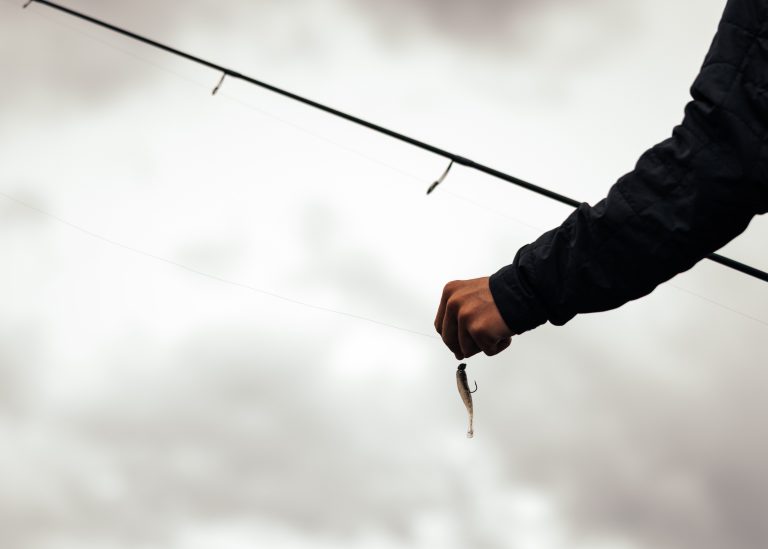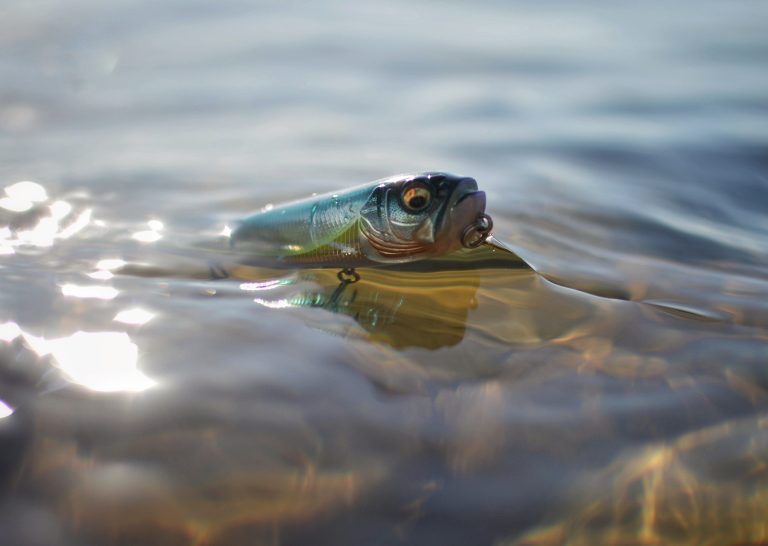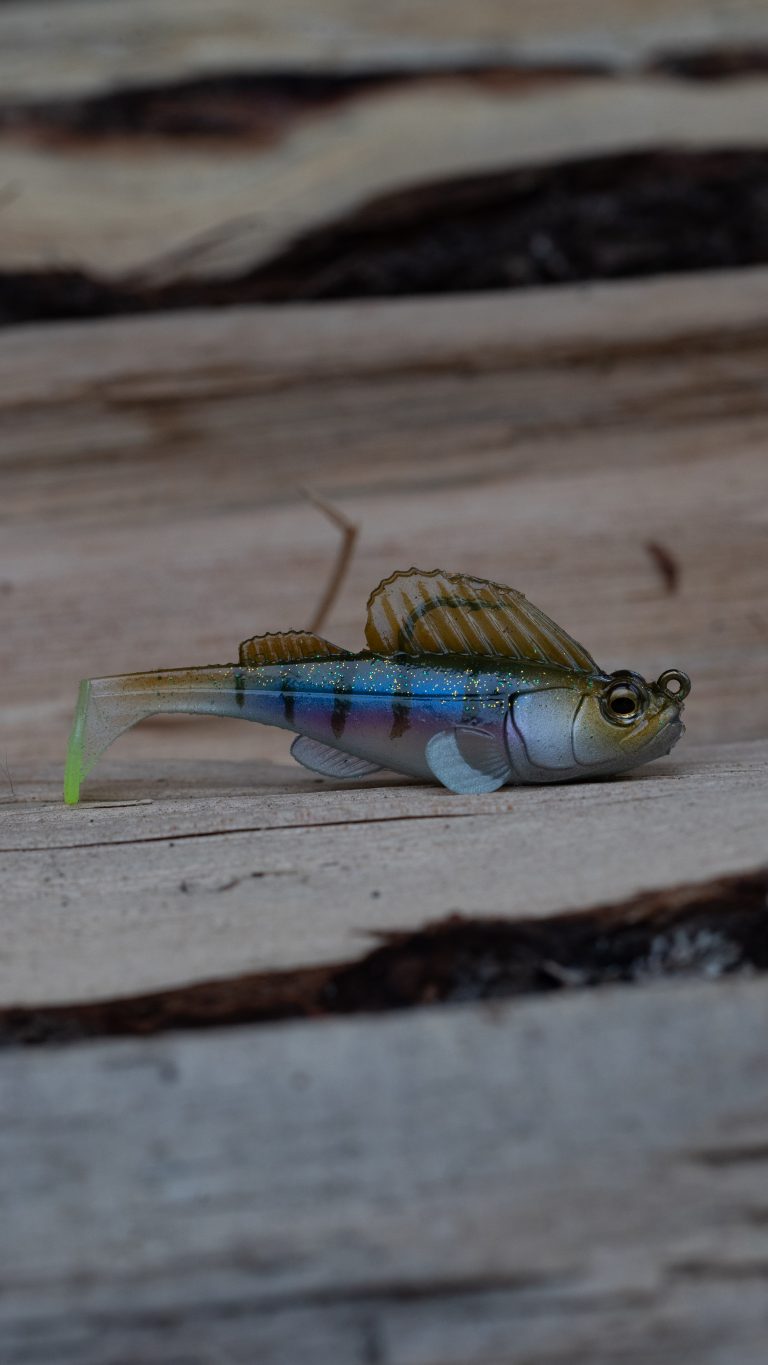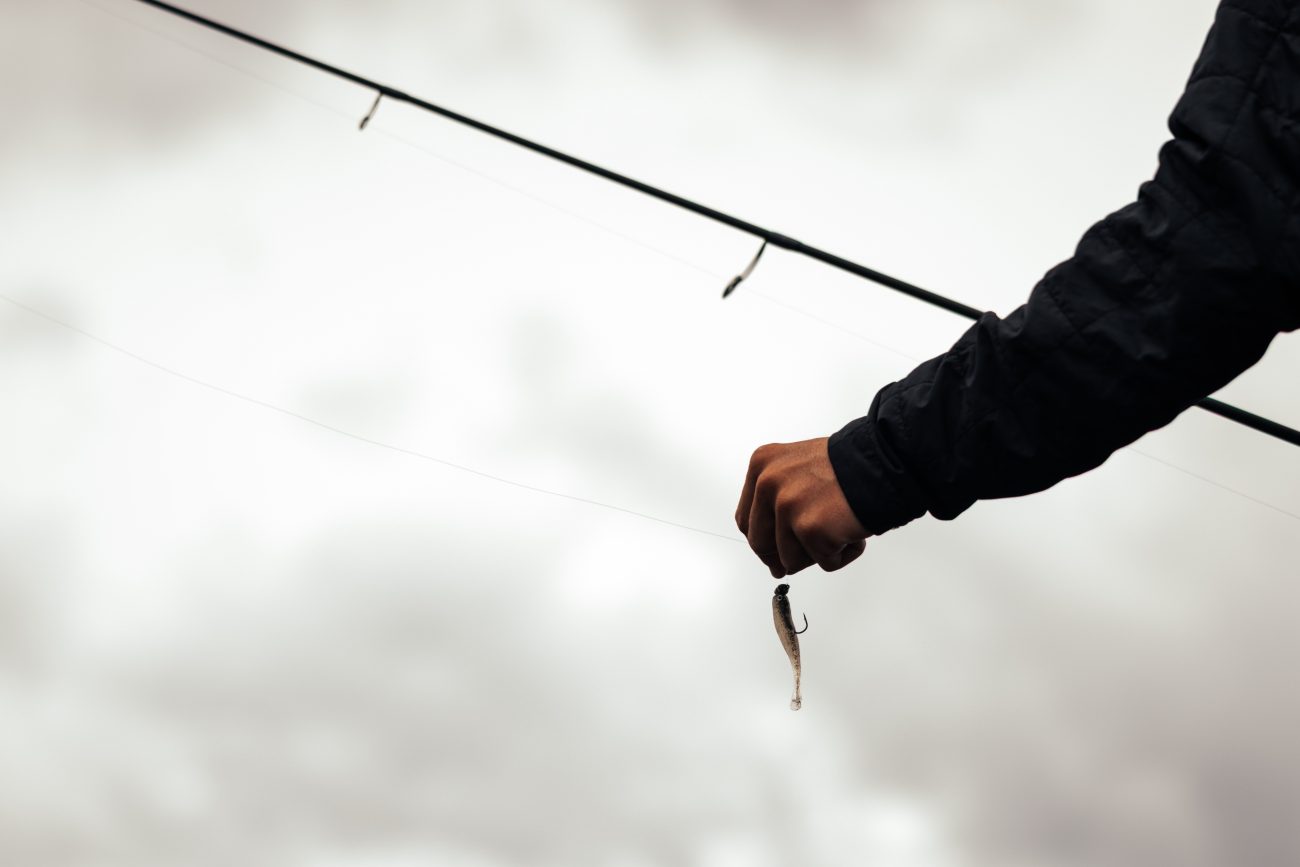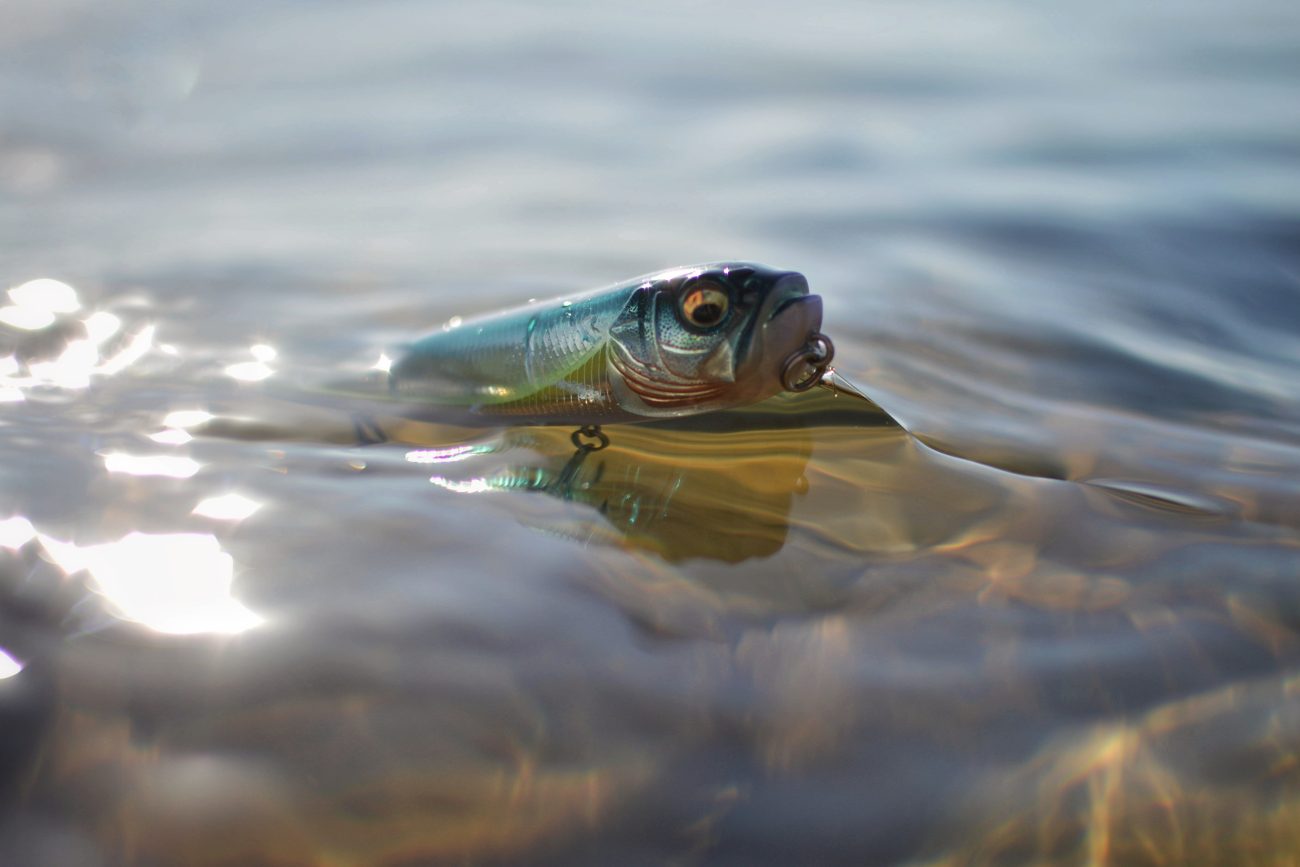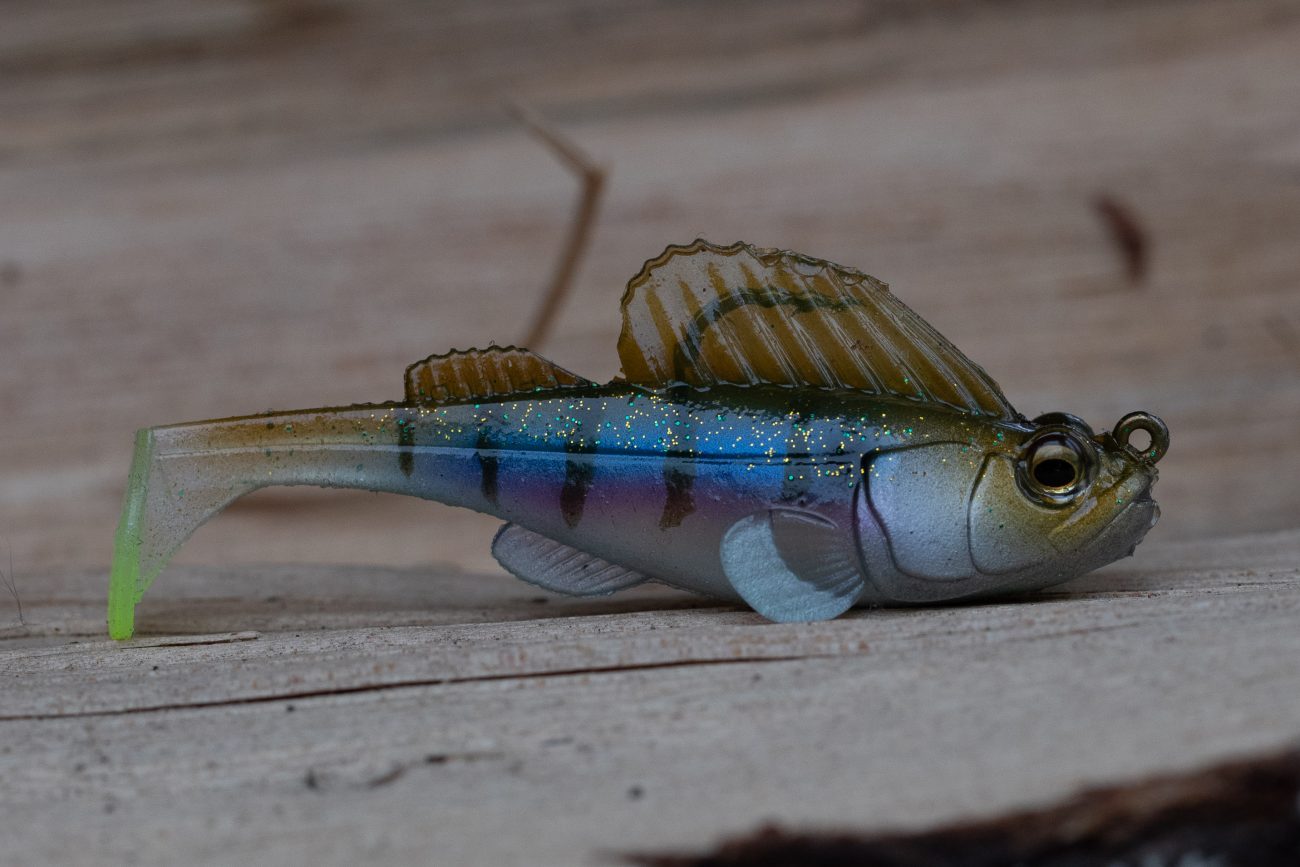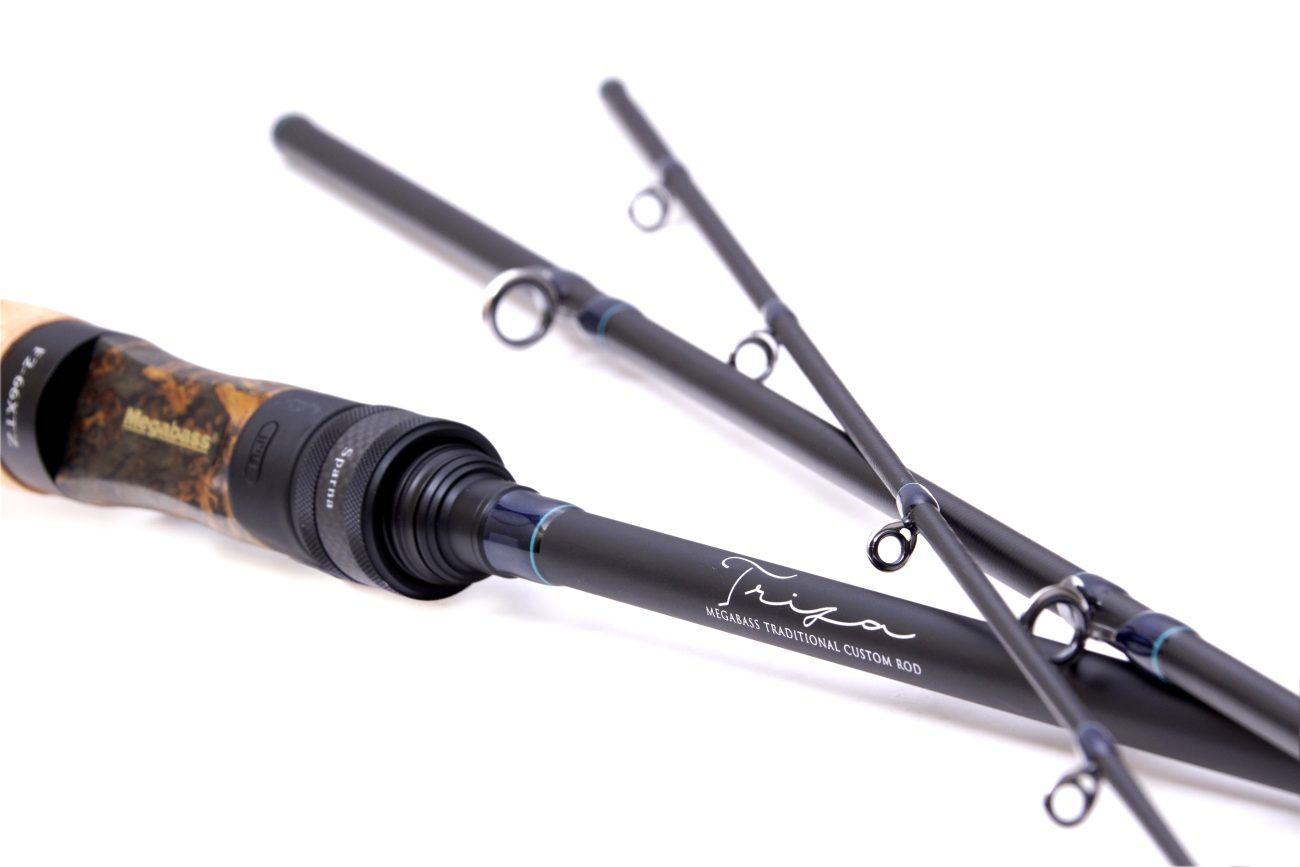April is a month that bass anglers across the country look forward to every year. During this time, bass are moving shallow in large numbers, making them more aggressive and easier to catch than almost any other time of year. While the actual spawn can stretch from February to June, depending on where you live, the late pre-spawn period is a fantastic window for pre-spawn fishing success.
What is Late Pre-Spawn in Bass Fishing?
Water temperatures and fish movement define the late pre-spawn. Here in Missouri, for example, the late pre-spawn occurs when the morning water temperature ranges from 55 to 59 degrees. “It’s important to remember this time of year that water temperatures that start in the 50s can reach the low 60s on a sunny day in the backs of protected coves, but this is what I term ‘fake’ temperature in terms of whether it influences the bass to spawn.”
As the morning temperatures reach the mid-to upper-50s in the backs of coves, bass begin a massive movement toward these areas. The key to unlocking late pre-spawn fishing success is understanding how bass “stage” before moving up to pair off and spawn.
Where to Find Bass During the Late Pre-Spawn
One of the biggest keys to pre-spawn bass fishing is locating flatter coves. While bass can spawn in all sorts of bank angles, the flatter banks with slopes less than 45 degrees are prime real estate. During the late pre-spawn, these fish will often set up from the mouth of the cove to about two-thirds of the way back.
Depending on the lake type, cover, and water clarity, bass will use different ambush points. For example, on lakes like Lake Murray in South Carolina, Lake of the Ozarks in Missouri, or Clear Lake in California, docks become primary pre-spawn fishing targets. “They may position on the outside corners, or suspend under them during the pre-spawn, then move to the back side of the dock during the actual spawn”.
In clear-water lakes like Lake Lanier in Georgia, Table Rock in Missouri, or Lake Cumberland in Kentucky, rock shelves and boulders become prime staging areas. The bass here hug the bottom in 10 to 20 feet of water, chasing crawdads until the water warms enough for them to move shallower.
Top Lure Choices for Pre-Spawn Bass Fishing
When it comes to lures for late pre-spawn, jerkbaits like the Megabass Vision Oneten remain top choices in most lakes. Swimbaits like the Megabass Spark Shad and Magdraft also produce well, along with shaky heads, jigs, and crankbaits in crawdad patterns like the S-Crank or Knuckle LD.
Table Rock Lake offers a perfect snapshot of these patterns in action. “Right now, we are in the tail end of the late pre-spawn. I’ve been catching a lot of bass on the Megabass Vision 110 early in the morning on flatter secondary points in the spawning-type coves.”
As the sun gets higher, the bite changes. “After about 10 am, that bite dies off a bit, and I usually switch to a shaky head worm, fished about halfway back in the coves in 15 to 20 feet of water. If we have wind, I’ll also fish a 3’’ Megabass Spark Shad on a 1/8 oz. jighead, slowly swimming it through the same areas.”
This same pattern was also productive for many anglers during the FLW tournament on Lake Cumberland: “Small swimbaits/jerkbaits and grubs fished in the same type of areas produced the better catches for many of the anglers.”
Adapting to Changing Conditions: Wind and Cloud Cover
Late pre-spawn bass are notorious for getting active when wind and cloud cover move in. “Late pre-spawners are notorious for getting active in wind and clouds, so when those factors ramp up, fish your power baits like jerkbaits/crankbaits and spinnerbaits.” As those conditions fade, it’s time to slow down and downsize your presentation to match the more neutral mood of the fish.
Why Late Pre-Spawn is Prime Time for Hungry Bass
The beauty of late pre-spawn fishing is that the bass are truly on the hunt. “The good thing about fishing during the late pre-spawn is that the fish are generally biting because they are hungry.” Unlike other times of the year when bass might bite out of curiosity, competition, or reflex, now they’re feeding actively in preparation for the spawn. That’s why the late pre-spawn is one of the best windows of the year to find aggressive, catchable bass.
Take Advantage of the Late Pre-Spawn Window
From Missouri to Georgia and beyond, the late pre-spawn is a unique time when bass stack up in predictable areas and respond to a variety of presentations. Whether you’re fishing shallow docks or deep rocky ledges, understanding the staging patterns and adapting to daily conditions can make all the difference in your pre-spawn bass fishing success.
“The fish are moving, shallow, and hungry. Don’t miss out on this short window of opportunity, and best of luck!”

